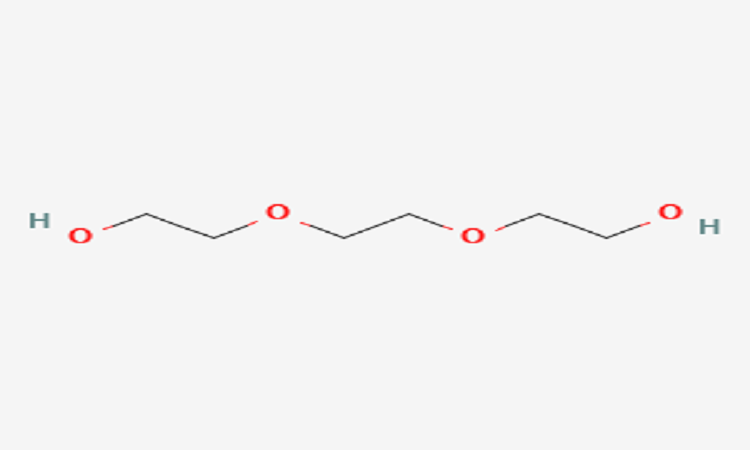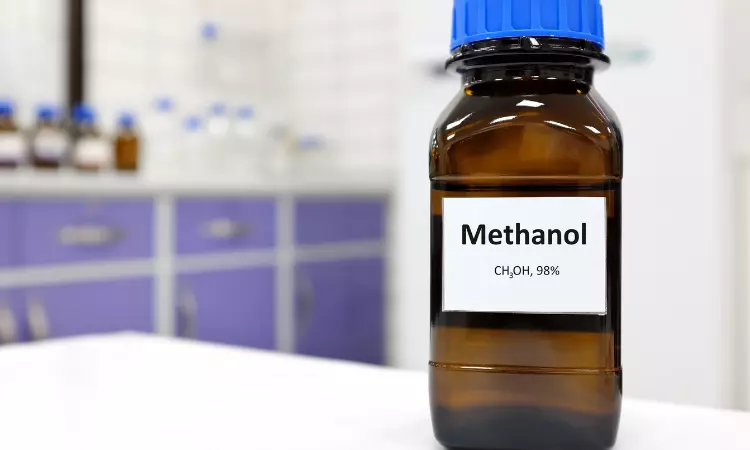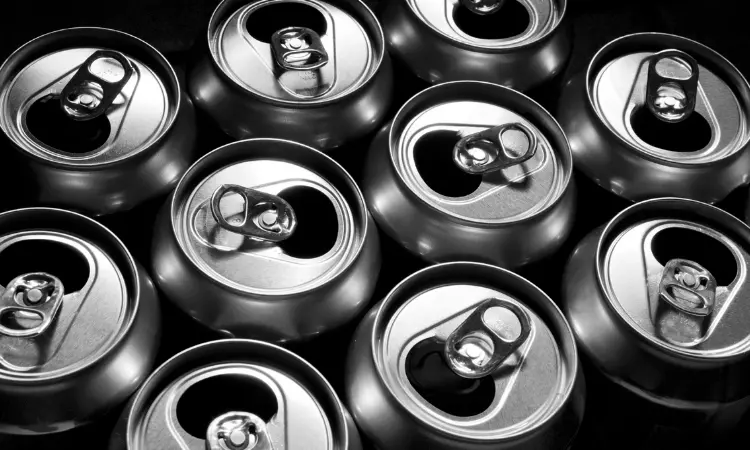Procurement Resource Analyses the Production Cost of Trimethylene Glycol in its New Report
Analyses Overview of The New Production Cost Report of Trimethylene Glycol
The new report by Procurement Resource, a global procurement research, and consulting firm, looks in-depth into the costs involved in the production of Trimethylene Glycol. The comprehensive report analyses the production cost of the material, covering the raw material costs and co-product credit, equipment costs, land and site costs, labour wages, maintenance costs, financing charges, and depreciation costs. The extensive study describes the stepwise consumption of material and utilities along with a detailed process flow diagram. The report also assesses the latest developments within the industry that might influence Trimethylene Glycol production cost, looking into the capacity expansions, plant turnarounds, mergers, acquisitions, and investments.
Product Definition:
The organic substance 1,3-propanediol has the chemical formula CH2(CH2OH)2. A colourless, viscous liquid that is miscible with water, this 3-carbon diol.
Factors Impacting the Trimethylene Glycol Production Cost:
The trimethylene glycol market has been expanding globally as a result of the recent significant rise in the global chemical sector. Trimethylene glycol has significant uses in the production of plasticizers and solvents, which in turn have uses in the automotive sector. These factors are expected to impact the production cost of Trimethylene Glycol.
Procurement Resource Assessment of Trimethylene Glycol Production:
The production cost analysis by Procurement Resource looks at the price of converting glucose, raw sugar, and glycerol into trimethylene glycol. Utilizing a fermentation process with the aid of glucose syrup during the first stage of manufacture Trimethylene glycol is produced in this procedure by fermenting glucose at the proper temperature and conditions. The microbes needed for fermentation, water, and other byproducts are subsequently deactivated and removed, bringing it to a final purity of 99.7%. The second manufacturing method is the same as the one for glucose. The sole distinction is that raw sugar is used as the fermentation feedstock. Glycerol, a significant by-product of the biodiesel industry, can be turned into 1,3-propanediol by bacteria like Klebsiella pneumoniae in the third production process, which involves a fermentation process.
Also Check – Trimethylene Glycol Production from Raw Sugar and Trimethylene Glycol Production from Glycerol
About Us:
Procurement Resource ensures that our clients remain at the vanguard of their industries by providing actionable procurement intelligence with the help of our expert analysts, researchers, and domain experts. Our team of highly seasoned analysts undertake extensive research to provide our customers with the latest and up-to-date market reports, cost-models, price analysis, benchmarking, and category insights, which aid in simplifying the procurement process for our clientele. We work with a diverse range of procurement teams across industries to get real-time data and insights that can be effectively implemented by our customers. We also track the prices and production costs of an extensive range of goods and commodities, thus, providing you with the updated and reliable data. We, at Procurement Resource, with the help of the latest and cutting-edge techniques in the industry, help our clients understand the supply chain, procurement, and industry climate, so that they can form strategies which ensure their optimum growth.
Contact Us:
Company Name: Claight Corporation
Contact Person: Chris Smiths
Email: sales@procurementresource.com
Toll Free Number: USA & Canada: +1-415-325-5166 | Europe & Africa: +44-702-402-5790 | APAC: +91-8586081494
Address: 30 North Gould Street, Sheridan, WY 82801, USA
Blog – https://procurementresource.blogspot.com/
Website: https://www.procurementresource.com/


